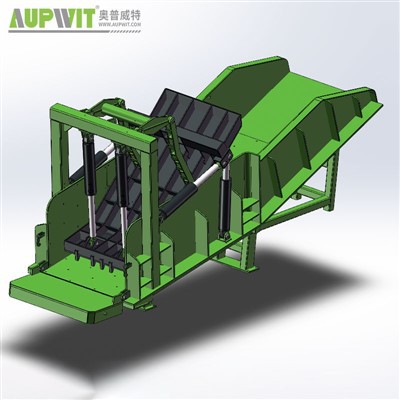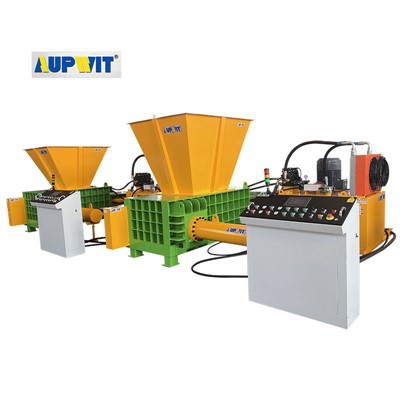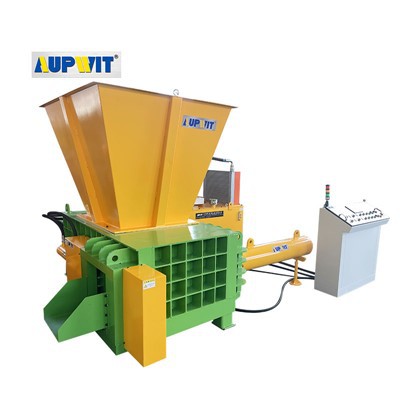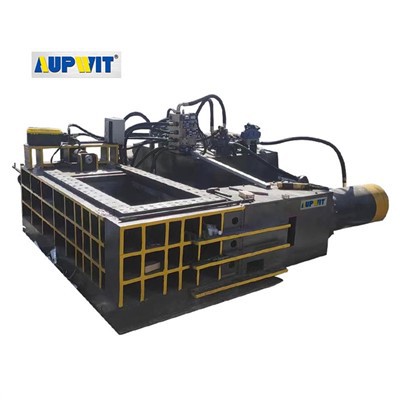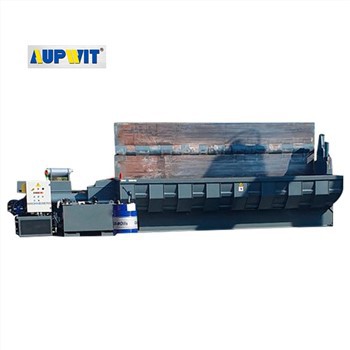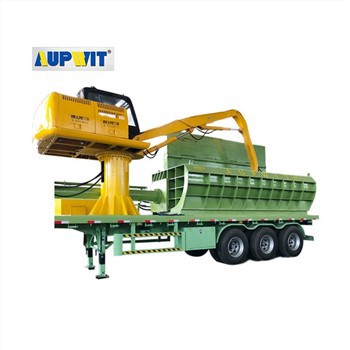Lifespan Factors of Aluminum Dross Briquetting Presses
Construction Quality
High-quality presses built with robust materials—such as hardened steel frames, wear-resistant alloy dies, and industrial-grade hydraulic components—tend to last longer, often exceeding 15 years.
Usage Patterns
Presses operating in continuous, high-volume environments (e.g., 24/7 in large recycling facilities) experience more stress, potentially shortening lifespans to 10–12 years without proper maintenance.
Conversely, intermittent use in small-scale operations can extend lifespans to 20 years or more, as reduced cycle counts lower wear on moving parts.
Maintenance Practices
Regular lubrication of hinges and hydraulic joints prevents friction-related damage, while timely replacement of worn seals, filters, and hydraulic fluids avoids leaks and system failures.
Cleaning the compaction chamber to remove dross buildup prevents uneven pressure distribution, which can warp dies. Neglecting maintenance can cut a press's lifespan by half.
Environmental Factors
Presses in humid or corrosive environments (e.g., near coastal areas) require anti-rust coatings and frequent inspections to combat oxidation.
Exposure to extreme temperatures, dust, or vibrations (common in foundries) may accelerate component wear, unless the machine is equipped with protective enclosures or shock absorbers.
Manufacturer Support
Brands offering readily available replacement parts and technical service enable timely repairs, extending useful life.
Many reputable manufacturers provide 5–10 year warranties on structural components, reflecting confidence in their durability.
Key Lifespan Enhancement Strategies
- Invest in high-quality construction initially
- Implement strict maintenance schedules
- Use proper lubrication and cleaning protocols
- Monitor hydraulic fluid quality regularly
- Install environmental protections when needed
- Choose manufacturers with good support networks
- Train operators in proper usage techniques
- Keep detailed maintenance records


